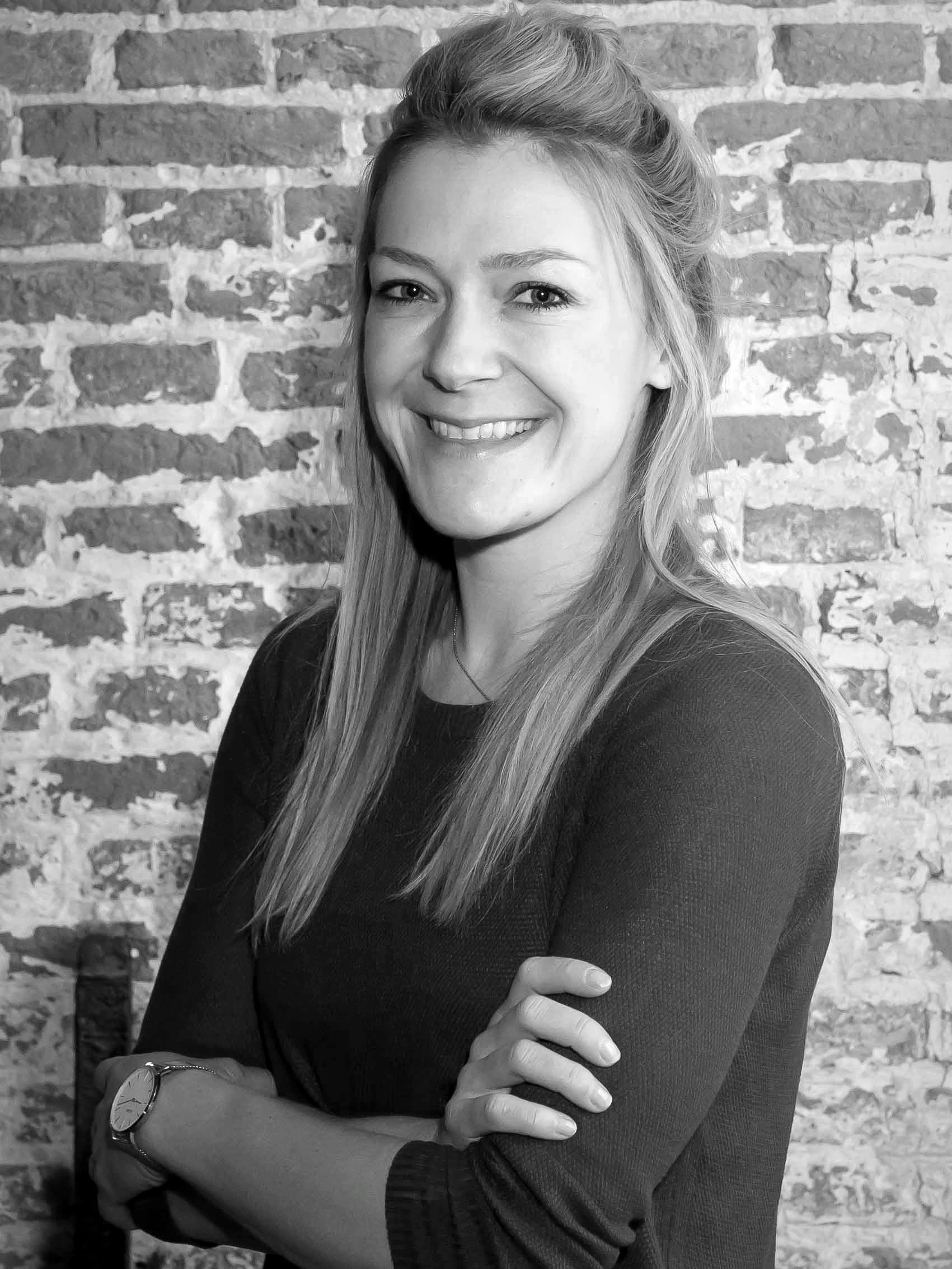
Last week’s “critical mass” event in London – organised by Social Value International and Good Deals collaboratively– brought together a unique blend of social entrepreneurs, impact investors, public servants, government officials and everyone “in between” to discuss how social value can be created, leveraged and be accounted for. Or rather: how critical mass – enough supporters and practitioners to sustain a movement - can be achieved for social value and social value creation. Part of the answer to this lies in bridging the reality gap in social impact measurement.
One of the key elements in achieving critical mass, as recognised by the majority of both speakers as attendees of the event, is social impact measurement. Social impact measurement shows the difference between those organisations that are actually creating social value, and those that are “jumping the bandwagon” of the social value movement because this provides marketing and business opportunities. But perhaps more importantly, social impact measurement holds the key to gaining insight into what kind of value an organisation is creating or destroying, and for whom. This information can drive improvements that create more value for more people.
But while most people acknowledge the value of impact measurement, there are many that do not actually measure much yet. Questions and discussions around the topic of impact measurement during the conference pointed out that with regard to measuring; many are frustrated – or even paralysed - by its presumed complexity. It seems that in the determination of getting it exactly right, many get stuck or are too overwhelmed to start with the actual measurement. This is intriguing, since in most aspect of our lives we are perfectly happy to make decisions based on the data available or acquirable through actions proportionate to the decision that is being made.
Enough precision to make the decision?
Allow me to illustrate this with what happened during one of the Critical Mass event’s sessions on this topic. During this session the attendees were presented with impact assessments in varying level of rigour and asked which assessment provided enough information to make a decision (e.g. a decision to scale the initiative or cancel or continue a certain programme). For each of these assessments the majority of attendees judged that there was not enough information to make a decision, and that the measurement therefore should be more rigorous. When asked whether any of the attendees’ organisations would be willing or able to pay for research with this presumably necessary level of rigour, the collective answer was “no”…
Reality gap
This clearly demonstrates the “reality gap” between information many think they need to make better decisions, and the resources available to obtain this information. This results in an impasse where management decisions are being made regardless, just without any social impact measurement data.
So what is the solution to this predicament?
- Start measuring. Starting small and collecting some data is better than using no data at all.
- Make it an iterative process instead of a one-off report. Adjust or expand your measurement as you go, based on the insights you gain.
- Make the measurement proportionate to the intervention or programme that you are measuring.
The potential of software
We firmly believe that the key to translating these points of advice into actual actions – i.e. practical measurements – lies in social impact measurement software and tools. Not only do these allow for more efficient as well as more consistent measurement; they also enable you to measure and monitor your impact continuously, and thus to better manage the impact you are creating.
It is in light of this belief that we have developed our Sinzer software platform, with which we facilitate organisations (ranging from impact investors to government to social enterprises) to start walking the talk of practical, proportionate impact management.
Are you ready to walk the talk, and interested in learning more about our software platform? Contact us for a free demo or read one of the case studies from our knowledge center:
-1.jpg?width=232&name=GT%20Sinzer_logo_screen_descriptor%20(1)-1.jpg)


